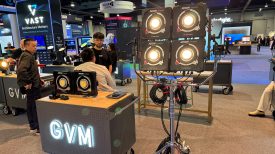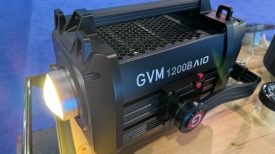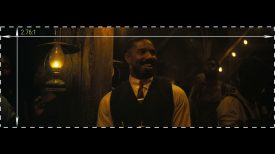Snail Bonanza – World Snail Racing Championships from Rii Schroer on Vimeo.
Ready, Steady, Slow was the motto for this quirky little story. But as ever with newspaper work, I was on a tight schedule: shooting on a Saturday afternoon, driving back, and editing to meet a deadline of early Sunday afternoon. I prepared a list of important shots and a rough storyboard the night before, after having spoken to one of the organizers. Being a one-person camera, sound, reporter, and producer team means as much pre-planning as possible, while still leaving enough room for the events to unfold in front of you. Luckily for me, my friend Tansy Sibley was up to join me for this roadtrip to Norfolk and was invaluable for helping out with extra audio.
In the boot of the car were two Canon 5DmkII bodies with one Rode VideoMic and Zacuto Z-finder, Manfrotto tripod with fluid head, Monopod, Zacuto rig with follow focus, Glidetrack slider, Canon Timer remote controller, and my arsenal of Canon lenses plus the Carl Zeiss 100mm macro lens to try out. I’d also brought my stepladder and, still one of the most important assets, the Marantz audio recorder with Sennheiser ME66 shotgun microphone.
We drove two and a half hours through the pouring rain (I’d packed a roll of plastic bags, sellotape, other tape, rain trousers and jacket, and wished I worked in California!) but the downpour miraculously stopped the moment we arrived and, luckily for us, it stayed dry throughout the afternoon.
One pre-planned intro-idea was to do a timelapse sequence of the event being set up with the timer remote controller, but this got scrapped right away; there was not enough setting up going on, with the round table already standing in the middle of the village cricket ground. I switched to plan B, concentrating on the World Championship Snail Racing sign. Shot on the 70-200mm lens locked down on the tripod, pulling focus was done by hand on this one.
As I was there to shoot pictures as well, one 5DmkII dangled around my shoulder for stills while the other was rigged for video. In retrospect that was rather impractical, and I should have rigged up both cameras for filming. Changing plates repeatedly – with one for the Zacuto rig and another one for the Manfrotto tripod head – cost valuable time, and it would have been so easy to have used the camera rigged for the tripod for shooting stills as well. Another alternative would have been to rig up the Zacuto rig on the tripod in the first place. This would have allowed for use of the focus puller on the tripod too.
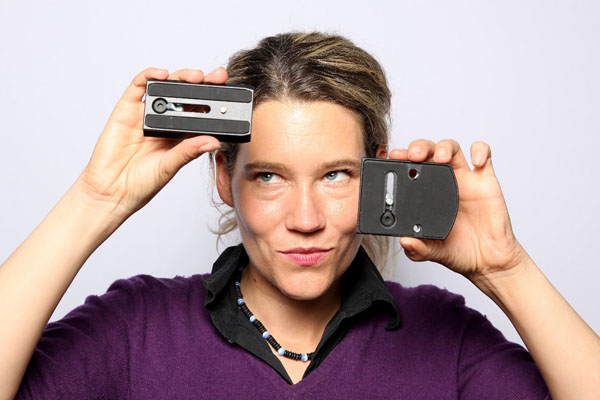
Nevertheless, one of the best little gadgets is a Miller key-chain mini screwdriver for changing plates, that I once got given at a trade fair. Invaluable, sturdy, and always with you (unless you lose your keys)!
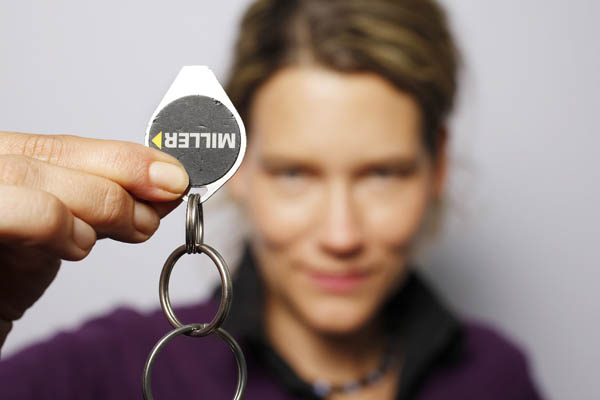
The snail “racing” scenes were mostly filmed with the Zeiss 100mm f2 macro lens , which I tested on the day and got hooked on. Some nice focus pulling shots, alternating between the racing snails, did not make it into the edit as the material on the “humping” seemed to give a funny little twist to the story. Still, it was great to try it out. The longer arc of travel from minimum focus to infinity allows focus pulling to be more precise and smoother due to more resistance in the lens barrel.
Audio was tricky even with Tansy’s assistance as the sound around the racing ring went from quiet murmurs to enthusiastic shrieks. The speakers in the background – which were broadcasting line dancing, alternating with a brass band – did not help matters. It was the kind of situation when easy-to-reach audio controls are desperately needed, as are proper headphones. I managed to do the interviews with the snail racing enthusiasts pointing away from the line dancing/brass band action, and that worked rather well with the Marantz audio recorder and shotgun microphone. The hotshoe-attached Rode microphone without a controlling device can be handy for background sound and quiet interview situations, but could not have done this job on its own. Back home, the files were converted with MPEG Streamclip into Apple ProRes files and edited in Final Cut Pro 7.
I’m always looking out for a front page picture, but my hopes of exposing the Queen as a snail racing enthusiast (her summer residence, Sandringham, is only 3 miles away) were disappointed. The lack of doping controls should occupy the International Olympic Committee until 2012, but I didn’t spot any scandals. However, the Norfolk regional accent and warm welcome of the crowd certainly compensated for those let-downs.
There is always room for improvement on shoots. A smooth and fast workflow for rigging and changing the tools you want to work with is extremely important, especially when time is precious, as is quick focusing, and an always (!) steady hand with the rig support. I was a bit disappointed at not using the Glidetrack as originally planned for some crowd shots alongside the ring, but rigging it up on two stands (the long one-metre version) and hence carrying around even more equipment was just not practical in this case, particularly as there were space restrictions in the ring.
I hope you enjoyed the piece anyway. Comments, suggestions, criticism, and advice are appreciated and welcome.
You can contact Rii at:
RII VISUALS
www.riischroer.de
www.vimeo.com/user1008646




